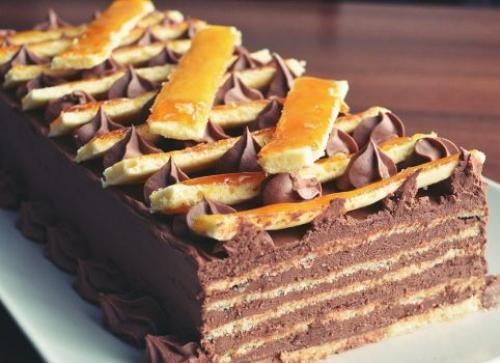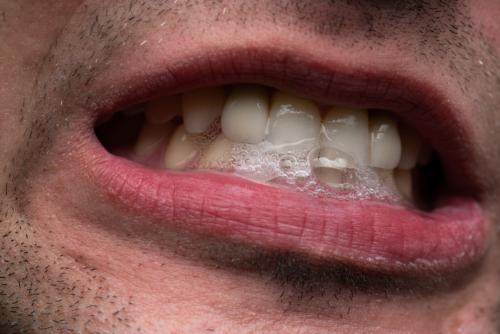Moxibustia, Tui Na, Gu Sha and Technique of Suction Suction Techniques, Effective Techniques of Traditional Chinese Medicine

The Chinese are renowned for their own techniques and therapies that play an important role in the recovery of the human body. For hundreds, even thousands of years, traditional Chinese medicine plays an important role in restoring health, recovering, achieving balance and well being. I talked to Paul Hostiuc, a physical therapist and graduate of Chinese Traditional Medicine at Nanjing University of China, about the most effective techniques in Chinese medicine, techniques that can be learned or tried in Romania. Moxibustia Moxibustia is a technique used by acupuncturists for thousands of years to treat certain conditions using heat. Moxa is made from a plant called arthemisa vulgaris, known as wormwood, which, according to the theory of Chinese medicine, has the property of heating the energy meridians. Moxa is generally used on acupuncture points to warm the body if the patient has cold or cold in his system, or can be used to tone up body energy in the event of depleted energy.
It is also used to strengthen the immune system and increase it. Its effectiveness, successfully treating corneal conditions, especially rheumatism, edema, cold and flu, sinusitis, strengthens poor energy and the immune system. Moxa is also effective for pain, depression, anemia and weakness. Tui Na Tui Na or Chinese Therapeutic Massage dates back to 3000 BC. , Being the origin of all the forms of massage that exist today and the first form of therapy in Chinese medicine.
Tui Na invigorates and regulates the use of Qi energy and blood, eliminates pathogens, harmonizes Yin-Yang, Qi and blood, improves organ functions and relaxes the articular-osteo-muscular system. It has a special role in the prevention of illnesses, stabilizes blood pressure, reduces pain and calms the spirit. All of this is achieved by manipulating meridian energies, massage techniques, passive movements, and the practitioner's intention of directing the Qi. Because man and nature are one and the same, two styles have developed: Yin and Yang. Tui Na Yin was developed in the southern and warm parts of China to treat a yin deficiency or an excess of yang.
Treatment will involve patient cooling and calming, yang sedation, and yin feeding. Applies to chronic, deficient and inborn syndromes. Tui Na Yang was developed in the northern and cold parts of China to treat an excess of yin or a yang deficiency. Treatment will involve heating the patient and yang, invigorating the urge and relaxing the articular-osteo-muscular system. Applies to acute, excessive and external syndromes.
Gu Sha Gua Sha is a method of therapy by which we can unblock the blood or lymph in the subcutaneous fascia. Objects with a smooth edge are used to rub the skin repeatedly until it becomes red, to bring the elements that stagnate to the surface. This process makes our body metabolize and eliminate waste more quickly, resulting in a regeneration of blood and cells. Applying this technique to muscle aches, patients will feel an instant relief effect. Suction therapy This therapy has been developed in China since ancient times.
From the point of view of traditional Chinese medicine they can remove excessive heat and release any energy or blood blockage that is manifested by pain or pathology. Ventuas help to better vascularization and to relieve and heal osteo-articular and osteo-muscular pain. In many forms of massage, chiropractic, osteopathy, shiatsu, reflexology, suction therapy can be added for a better result. .
Source : csid.ro
Views : 3403
Popular Article
- (photo) Nude becomes art.
Posted: 2018-03-17, 9862 views.
- The harmful effects of air conditioning on the skin
Posted: 2017-06-08, 8582 views.
- 3 causes of dyed hair discoloration
Posted: 2017-06-15, 8455 views.
- Why early puberty occurs in girls: symptoms, favors, diagnosis and treatment
Posted: 2017-10-24, 8297 views.
- Good or bad skin treatments in the hot season
Posted: 2017-06-07, 8027 views.
Recommendations
- (photo) Nude becomes art.
Posted: 2018-03-17, 9862 views.
- The harmful effects of air conditioning on the skin
Posted: 2017-06-08, 8582 views.
- 3 causes of dyed hair discoloration
Posted: 2017-06-15, 8455 views.
- Good or bad skin treatments in the hot season
Posted: 2017-06-07, 8027 views.
- Risks of practicing sports on hot days
Posted: 2017-06-12, 7605 views.
 4 effective ingredients in the fight against acne.
4 effective ingredients in the fight against acne. How to get rid of hiccups fast
How to get rid of hiccups fast The wheat bran diet: the secret of lost pounds as if by magic
The wheat bran diet: the secret of lost pounds as if by magic The recipe that will sweeten your soul this weekend!
The recipe that will sweeten your soul this weekend!  Is it dangerous or not to refreeze meat after thawing it?
Is it dangerous or not to refreeze meat after thawing it?  The unusual sign of diabetes indicated by saliva.
The unusual sign of diabetes indicated by saliva. What to drink to boost your immune system.
What to drink to boost your immune system. 10 foods that help you never age.
10 foods that help you never age. What actually happens in your body if you drink a cup of coffee for breakfast
What actually happens in your body if you drink a cup of coffee for breakfast 5 surprising benefits of chia seeds
5 surprising benefits of chia seeds